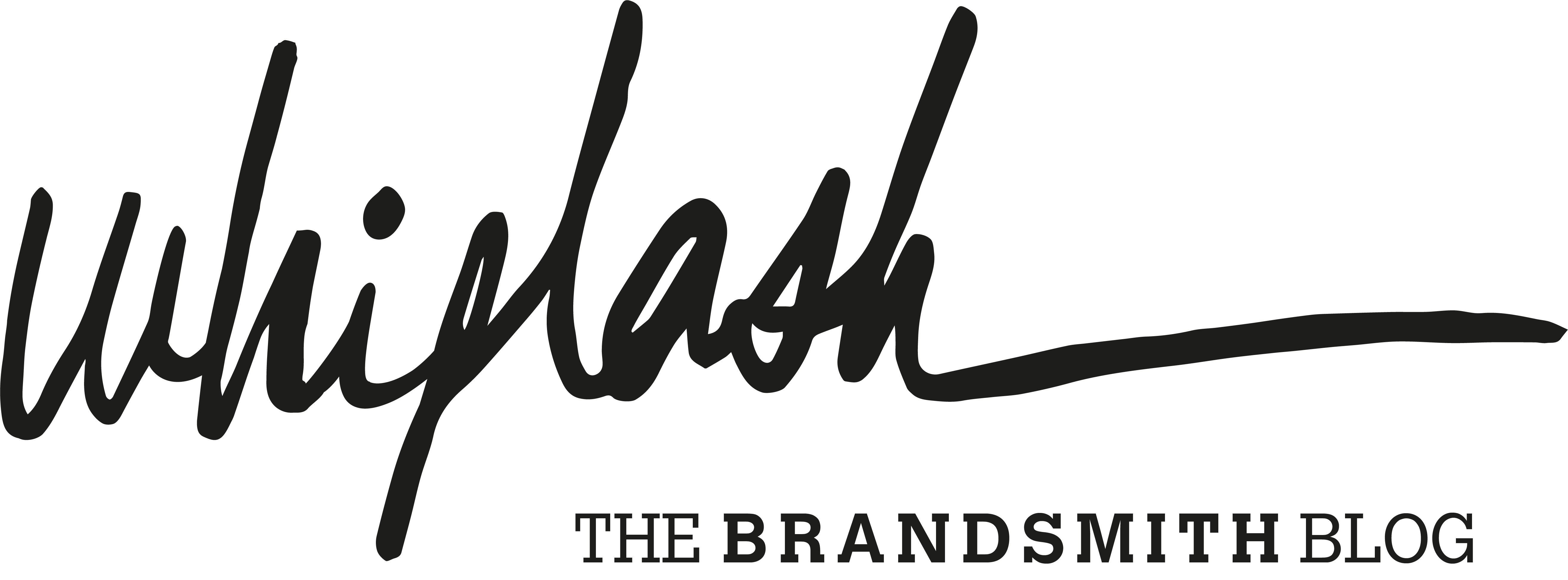Whiplash Team, 20th January 2023
The brand, an intangible and strategic asset
The brand is one of the most valuable intangible assets of an organisation. Branding is an effective strategic tool when transmitting the purpose of the brand. However, in Spain the perception of the brand prevails as a more tactical asset than a strategic one.
The results of the V Study on the Health of Branding in Spain, presented by AEBRAND at the end of 2022 are revealing. The study, based on interviews with 250 Spanish companies (210 of them SMEs and the other 40 companies with more than 100 employees), reveals that 53% of these organisations perceive the brand more as a tactical asset than a strategic one.
However, the brand is one of the most valuable intangible assets of an organisation and its management is key to increase the performance and growth of organisations. The brand (regardless of whether it is B2C or B2B) identifies and communicates to the market an underlying set of assets and attributes that attract a customer.
In summary, the brand acts as a powerful hinge; on one hand what the organisation is and its identity and on the other, the perception that consumers have of the organisation.
This perception is nothing more than the accumulation of expectations that the brand evokes in the consumer’s mind every time he/she encounters it. They are expectations built based on previous experiences, brand reputation and the impact that the user thinks it will have on their own self-esteem and social image.
Therefore, the perception that the consumer has of a brand defines, to a large extent, his/her purchase decision. That is why the best positioned brands can sustain a premium price, generating greater value and income for the company.
An intangible asset
The brand is an intangible asset that projects the purpose of the organisation in all the areas where the brand interacts with its stakeholders and whose value has been built up in the long term. Procter & Gamble, Kellogg’s or Coca-Cola, with more than a hundred years in the market, are good examples.
According to Everdge, a company specializing in the evaluation and monetization of intangible assets ¬–and the brand is perhaps the most valuable intangible asset of a company– in the process of accumulating value “a brand becomes a kind of scorecard for the sum total of all the company’s intangible assets (its product designs, its customer experience, its data, its content, its systems and processes, etc.)”.
A strategic tool
Therefore, the construction of a powerful brand, capable of generating in the user a predisposition to pay a higher price than that of the competition, involves aligning the business model with the purpose of the organisation and also offering brand experience consistent with the personality of the company.
Branding, in this context, is an effective strategic tool when transmitting the purpose. It is the discipline through which the what, how, why and what for, of the brand are analysed, in order to operationally transfer them to the four areas from where it is projected: people, products, presentation and presence in the market.
This implies that brand management must be present in all aspects of the organisation’s daily operations. In its culture and its staff, in its product development, in its production processes, in its value proposition to the market and in its internal and external communications.
The consistency in the management of the brand, then, is evident in how the staff interacts with their clients, in the benefits and presentation of their products, and in how and when the brand is communicated to the public.




